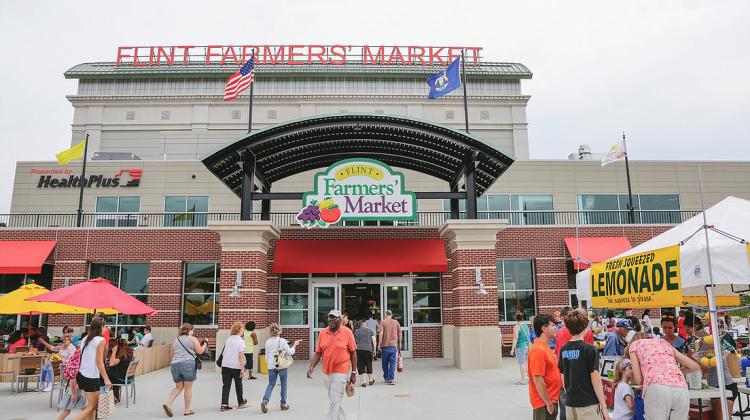Main Street After COVID-19
Image

There has been a fair amount of research on what can help downtowns weather this pandemic in the short term. Financial assistance and thoughtful balancing of public health and commerce are seen as leading ways to help in the short term. However, there hasn’t been much work done on what happens next. This project is designed to answer that question, with a focus on downtown districts in small cities in the northeast USA. This project used qualitative methods including stakeholder interviews and a business survey to determine what needs will exist in the next 5-10 years and what public actions may help address those needs.


